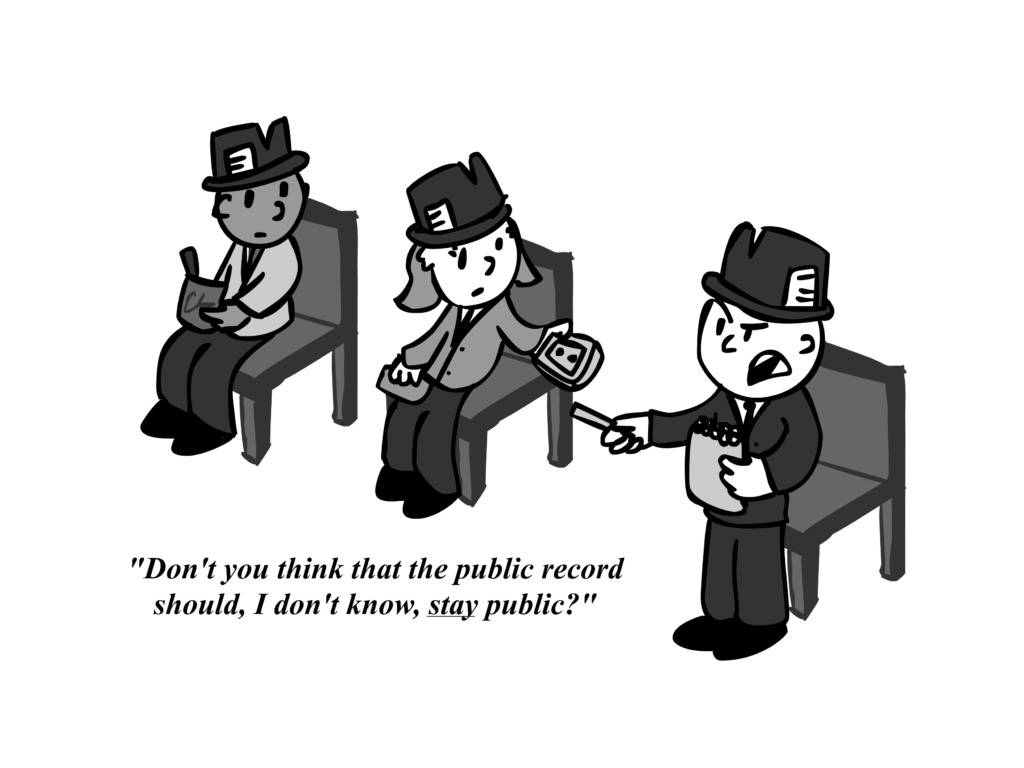Column by Hallie Beard, Opinion Editor

I’ve recently uncovered the holy grail of writing tips.
Faced with an ungodly number of papers to write and needing motivation, I consulted a blog called “The Thesis Whisperer” for tips on how to churn out a lot of pages or words at once, and found a method that is now my new obsession.
Let me summarize the blog post for you: Ph.D. candidates facing the grueling hell of writing dissertations and journal articles went through a bootcamp where each student had a goal of writing 20,000 words over the weekend. I don’t know the specifics of what the daily schedule was like, but the leaders of the bootcamp used a reward system to motivate the students.
For every 5,000 words the student wrote, they’d receive a large Lego block. Yes, Legos – the plastic chunks we stacked together as children. Each student would use the blocks to build a small wall at their desk – one that could only be completed by reaching the next word-count goal and “unlocking” the next piece.
If you have an affinity for things that fit together, you can imagine how satisfying it would be to complete a colorful little wall while also completing a huge writing assignment.
It’s a genius idea for visual learners. Hammering out a bunch of paragraphs can often feel like meandering without making a dent, but turning your progress into a visual display allows a fresh way to view accomplishment.
After reading the post, I knew I had to try it. As a creative writing major and opinion columnist, I constantly have writing assignments looming over me. At this point in the semester, I’m drowning in enough paper to summon the pages back into tree form.
The problem was, I didn’t have Legos or anything remotely similar. So, I took a much simpler route that would still capture the purpose of the reward: I decided to build a beautiful house. By that I mean: I would draw the most basic of stick-figure houses on a sheet of paper.
Since I had thousands of words to write, I decided to break down my goals into chunks of 100. For every 100 words I wrote, I could draw one line on the house. This means it took about 900 words before my drawing really resembled a house.
You could make the increments as large or small as you wish, but 100 words starts to feel like nothing when using this method. Before you know it, you’ve got a few pages and a cute little house.
It was incredibly satisfying. If I started getting tired or lost, I’d look at the half-finished house that begged for a connector line. With each connection I made on the drawing, it reiterated whatever connection I’d made in my writing.
Another helpful aspect of this method was that I wrote down on a separate sheet of paper my increments of 100. That way, I could cross off each one, once completed, and keep track of my progress.
I have to say, this is the most valuable nugget of wisdom I’ve encountered in a long time, and I’ll be sticking with this method on what I call “grind days” for a long time.
Try it out, Murray State students. You don’t have to build a house, but it certainly helps to have a simple structure.
Whatever it is, build a good one. Write on.































































































